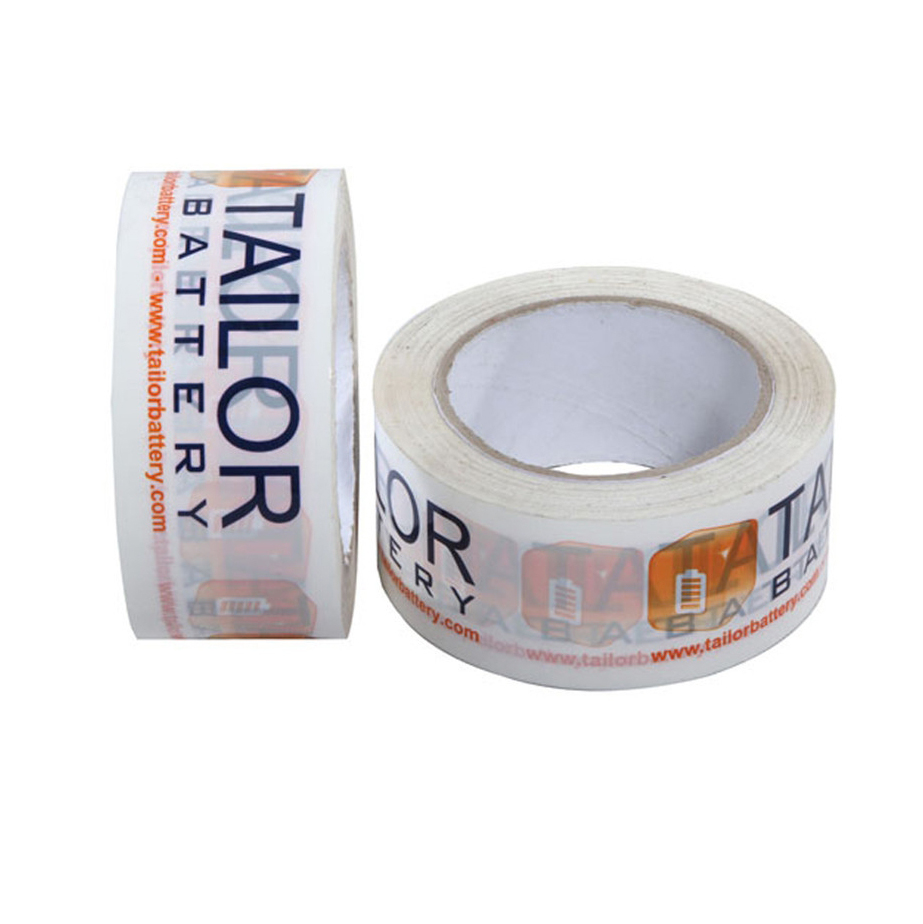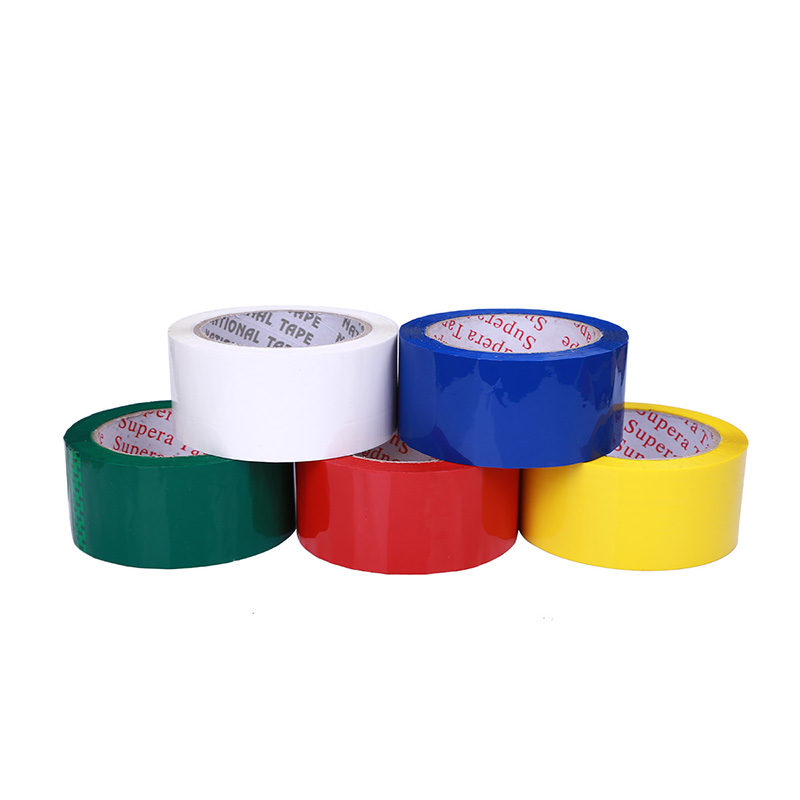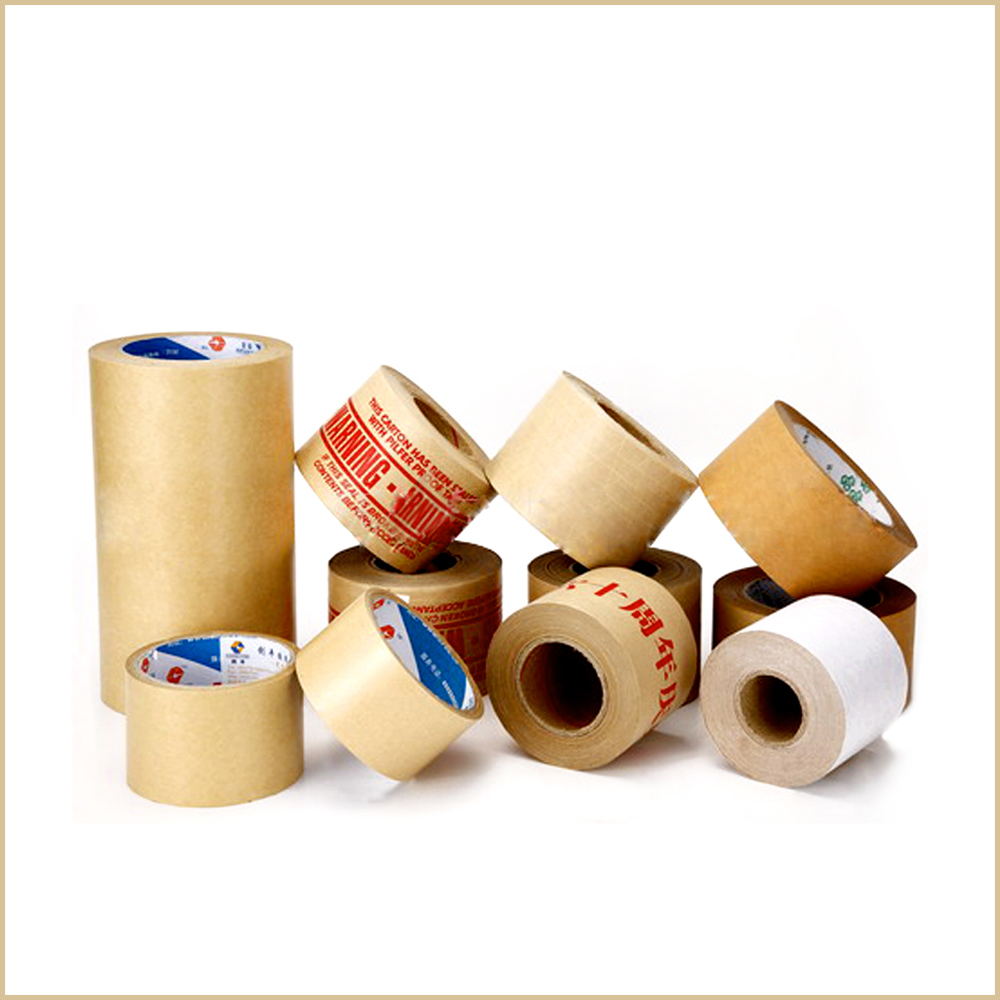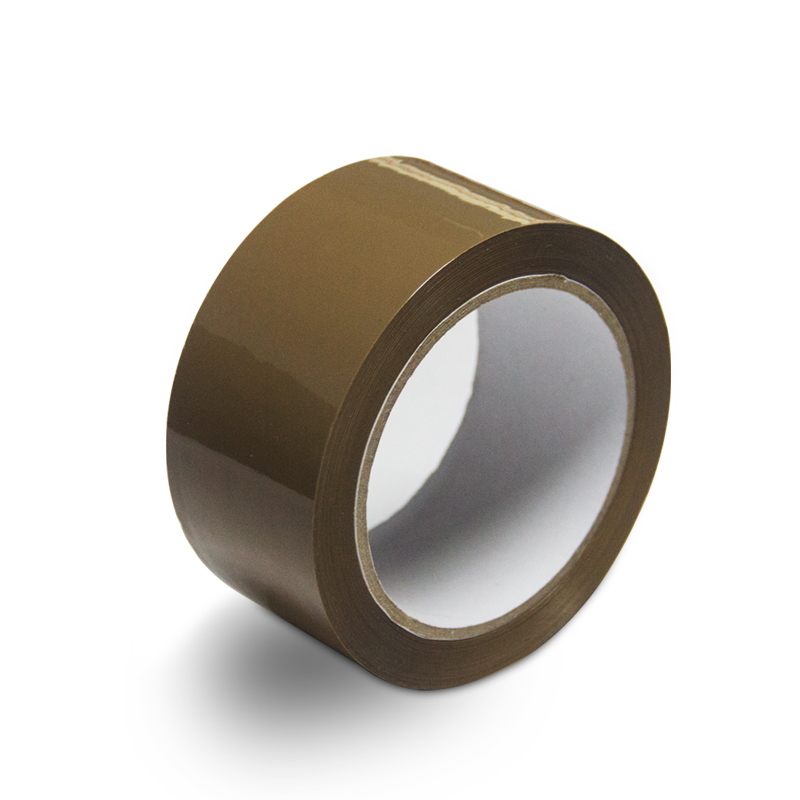Rat Interleukin-1ra (IL-1ra) ELISA Kit
Rat Interleukin-1ra (IL-1ra) ELISA Kit
(Used in serum, plasma, cell culture supernatant and other biological fluids)
principle
This experiment uses the double antibody sandwich ABC-ELISA method. The anti-rat IL-1ra monoclonal antibody was coated on the enzyme plate. The standard and sample IL-1ra were combined with the monoclonal antibody. Biotinylated anti-rat IL-1ra was added to form an immune complex and connected to the plate On the above, the horseradish peroxidase-labeled Streptavidin is combined with biotin, the substrate working solution is added and the blue is added, and finally the stop solution sulfuric acid is added. The OD value is measured at 450nm. The IL-1ra concentration is proportional to the OD value and can be passed Draw a standard curve to find the concentration of IL-1ra in the specimen.
Kit composition (stored at 2-8 ° C)
Coated Wells
96 wells
Enzyme Conjugate
12ml
10 × Sample Buffer
12ml
20 × concentrated washing solution (Wash Buffer)
50ml
Standards (Standards): 2.4ng / bottle
2 bottles
Substrate working solution (TMB Solution)
12ml
The first antibody working solution (Biotinylated Antibody)
12ml
Stop Solution (Stop Solution)
12ml
Prepare reagents and collect blood samples
1. Collect specimens: serum, plasma (EDTA, citrate, heparin anticoagulation), cell culture supernatant, tissue homogenate, etc. as soon as possible, stored at 2-8 ℃ for 48 hours; longer time must be frozen (-20 ℃ Or -70 ℃), avoid repeated freezing and thawing.
2. Preparation of standard solution: add 0.3ml of distilled water to mix well before use to make 8000pg / ml solution. Set 8 standard tubes, and add 200ul of sample diluent to each tube. Add 200ul of the standard solution of 8000pg / ml to the first tube and mix it. Then aspirate the 200ul with the pipette and move to the second tube. Repeat the double dilution in this way, draw 200ul from the seventh tube and discard. The eighth tube is a blank control.
3. The 10 × specimen dilution is diluted 1:10 with distilled water (example: 1ml concentrated dilution + 9ml distilled water).
4. Washing solution: 1:20 dilution with redistilled water (example: 1ml concentrated washing solution is added with 19ml of redistilled water)
Testing procedures
1. Add sample: add 100ul of standard or sample to be tested to each well, mix the reaction plate thoroughly and place at 37 ℃ for 120 minutes.
2. Wash the plate: wash the reaction plate 4-6 times with the washing solution, and print it on the filter paper.
3. Add 100ul of the first antibody working solution to each well. The reaction plate was mixed thoroughly and then placed at 37 ° C for 60 minutes.
4. Wash board: same as above.
5. Add 100ul of enzyme-labeled antibody working solution to each well. Place the reaction plate at 37 ° C for 30 minutes.
6. Wash board: same as above.
7. Add 100ul of substrate working solution to each well, and place in a dark place at 37 ℃ for 15 minutes.
8. Add 100ul of stop solution to each well and mix well.
9. Measure absorbance at 450nm with a microplate reader within 30 minutes.
Result calculation and judgment
1. All OD values ​​should be calculated after subtracting the blank value.
2. With the standard products 4000, 2000, 1000, 500, 250, 125, 62.5, 0 pg / ml as the abscissa and the OD value as the ordinate, draw a graph on the graph paper and draw a standard curve.
3. Find the corresponding IL-1ra content on the graph according to the OD value of the sample, and then multiply it by the dilution factor.
Kit performance
1. Sensitivity: The minimum detection concentration of IL-1ra is less than 30pg / ml.
2. Specificity: simultaneous detection of recombinant or natural rat IL-1ra. Does not cross-react with other cytokines in rats.
3. Repeatability: The coefficient of variation within the board and the board is less than 10%.
Precautions
1. The above standard holes and samples to be tested are recommended to be re-holes, and the standard curve should be made at the same time for each measurement.
2. The washing process is critical. Insufficient washing will lead to an increase in accuracy error and OD value.
3. After opening the slats, the remaining slats should be sealed again to keep the slats dry.
4. This kit should be stored in a 4oC refrigerator.
5. This kit is for scientific research only, not for clinical diagnosis!
Packing Tape is made from varied materials using many different adhesives to adhere to containers. The most used packaging tapes are made from polypropylene with an acrylic adhesive.
Packing Tape is an important part of any packaging operation Adhesive Tape . Companies using boxes, envelopes, or any other containers for packaging normally use tape for sealing. Tapes specifically made for packaging come in a variety of lengths, colors, and widths. They also vary in materials and adhesives they are made from.
Below is a brief explanation of the types of packing tapes that we offer and what they are recommended to be used for.
Custom tape
Clear Tape
Hot Melt Tape
Color Tape
Masking Tape
| Costom Printed Tape | Color Tape | Kraft Tape | Transparent Tape | Packing Tape |
 |
 |
 |
 |
 |
Here are a few packing tape terms about tape, which are important for resolving tape and using tape.
Abrasion Resistance – The ability of a tape to withstand scuffing, scraping, and rubbing against other surfaces.
Elongation – The distance a tape can stretch lengthways without breaking.
Tensile Strength – The force often measured in pounds to break a piece of tape by pulling each side in opposite directions.
High-Speed Unwind – The practice of dispensing tape at speeds in excess of 15 meters per minute.
Hot Melt Adhesive – A pressure sensitive adhesive applied in liquid form.
Shock Resistance – The ability of a tape to resist sudden shocks throughout transport. Shocks can be falls, crushing, pulls, and more.
Peel Adhesion – The force required to remove a tape from the surface it has been applied.
Backing Material – The backing material is the material the chosen adhesive is applied to. A variety of backing materials are used in tape manufacturing including films, paper, and foam.
Packing Tape
Adhesive Tape, Costom Printed Tape,Custom tape,Clear Tape,Hot Melt Tape,Color Tape,Masking Tape,Low Noise Tape
Shenzhen Chengxing Packing & Material Co.,Ltd , https://www.cxpack.com